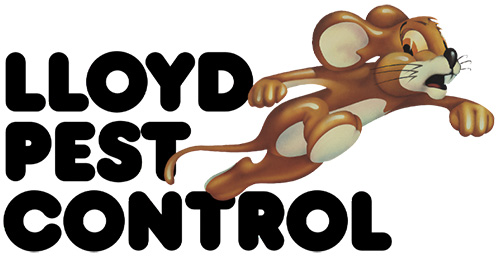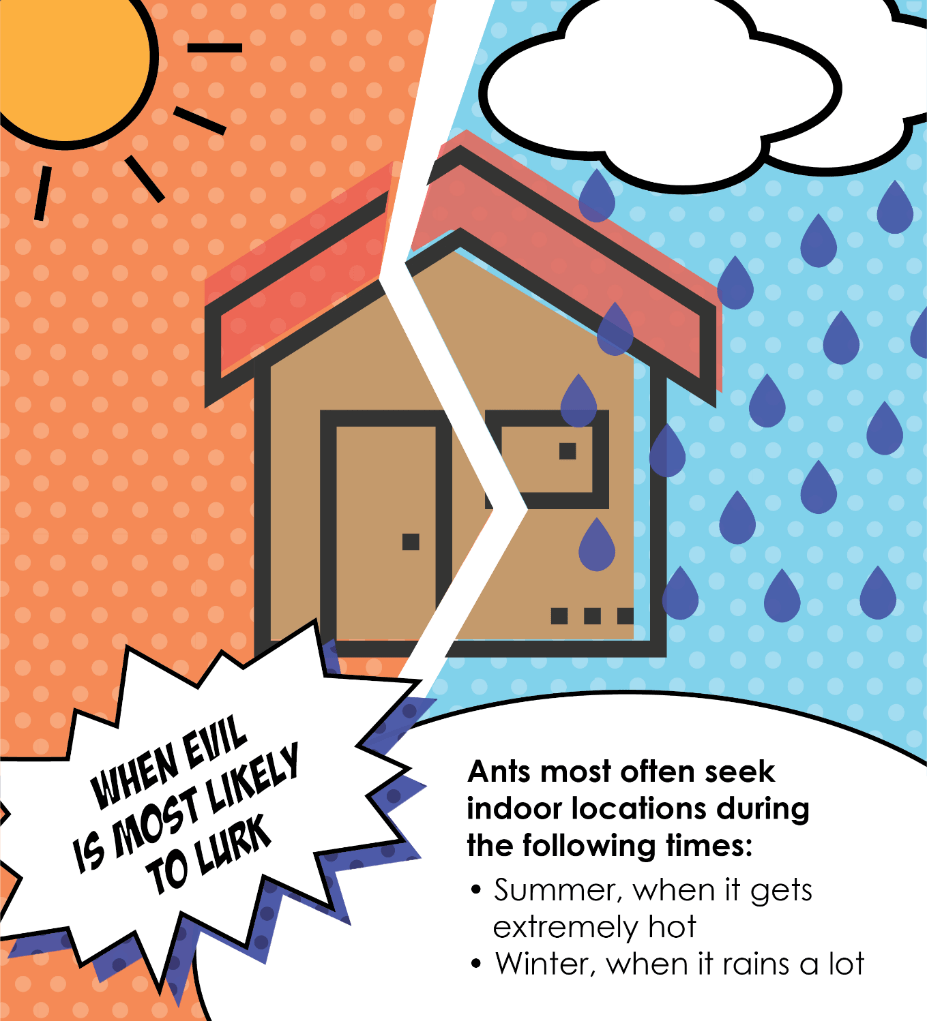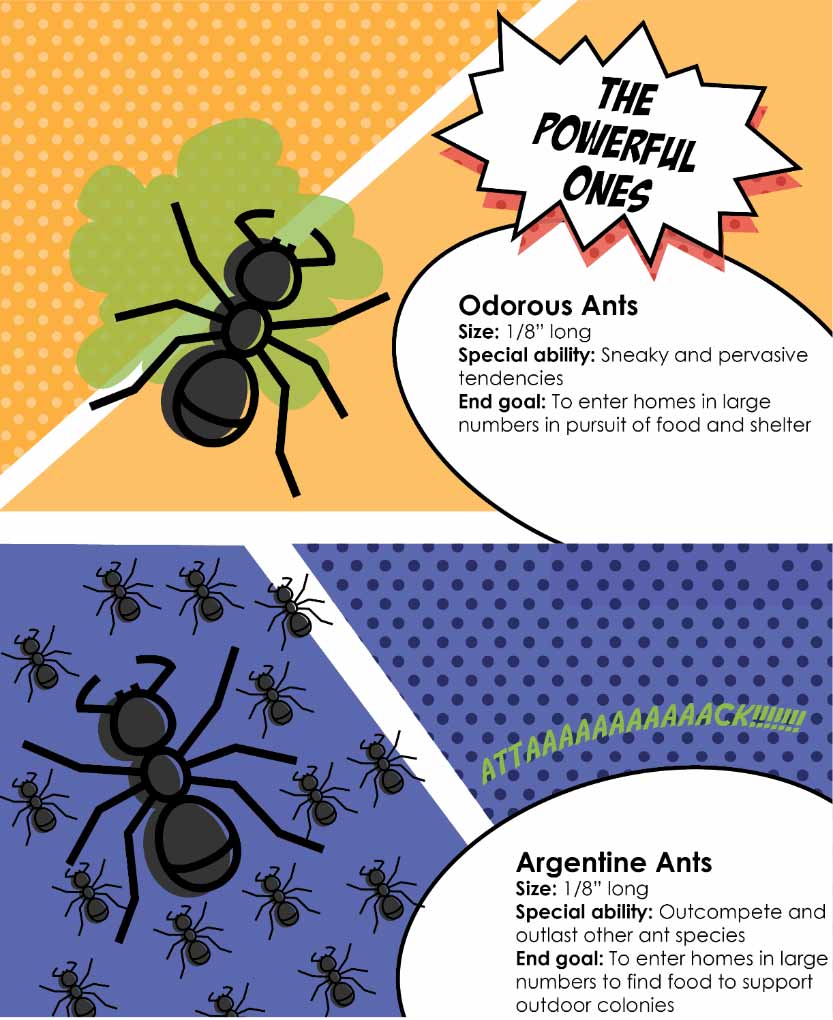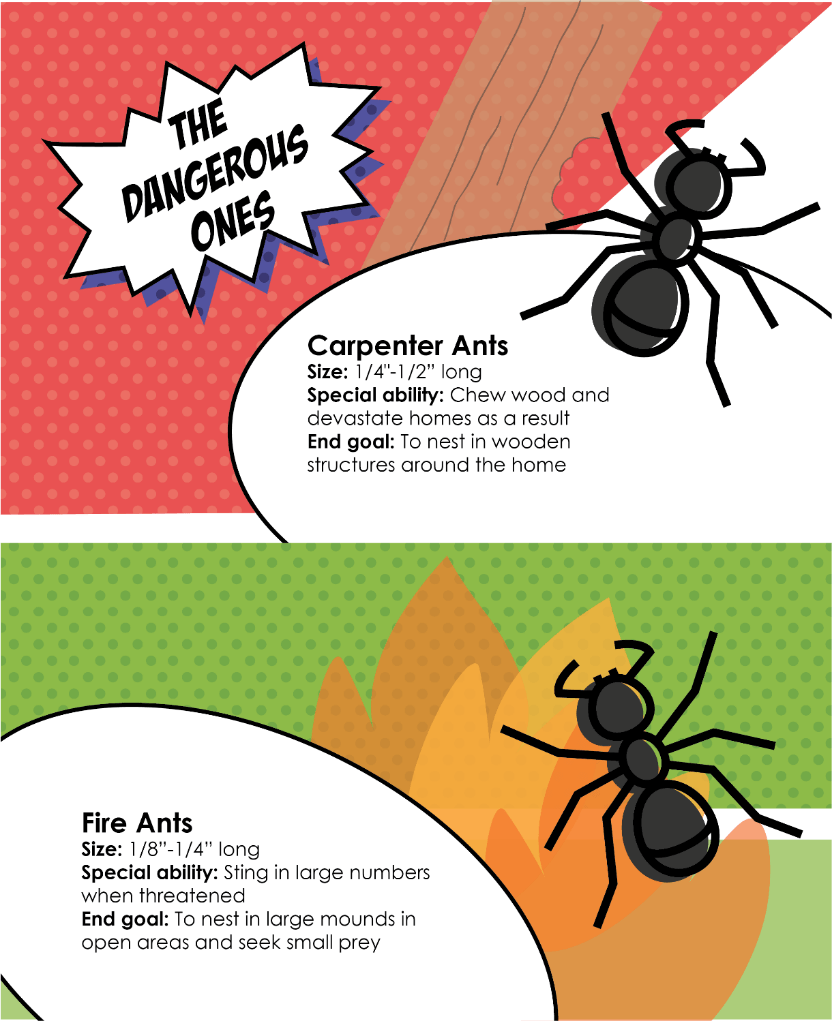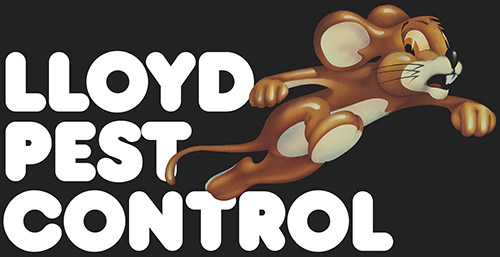Profiling California’s Least Wanted: Ants
Ant Control and Extermination Articles
Ants have an impressive set of powers for their tiny size. With their ability to work in groups and carry up to 20 times their body weight, they’re insect “supervillains” who have slowly but surely taken over the world. Today, more than 12,000 species exist around the globe, including more than 200 in California. From odorous house ants and Argentine ants to carpenter ants and fire ants, our local ant populations wreak havoc as they infest our homes and businesses. Join Lloyd Pest Control as we describe four common – and notorious – species.
Southern California: A Dastardly Antscape
Before examining what sets each species apart, let’s first examine the origin story of California ants in general.
Along with bees and wasps, ants emerged as a member of the Hymenoptera order. This may seem odd, as ants don’t seem too similar to the other two members on the surface. But, like bees and wasps, ants are social insects. This means they live together in colonies led by queens. In addition, their segmented bodies look like those of the flying, stinging insects, and many ants possess flying and stinging abilities.
The types of weather that most often bring ants indoors are wet winters and hot summers. Dense downpours and scorching heat – both common in Southern California – make the outdoors too harsh for them. To support their colonies, ants often enter homes to seek food and/or shelter. But the habits of each differ by species, and your likelihood of an encounter depends on what your property offers them.
The Notorious Odorous House Ant
Odorous house ants’ villainous characteristics make them hard to escape. They’re clever, hiding in walls and under floors to avoid detection. They’re always at work, foraging for food at all times of the day. To add to that, they crave your food, making them one of the most likely culprits of a home infestation. You may spot them in your kitchen, as they eat what we eat: sugary foods, dairy products, fruits and vegetables, and even proteins.
This species of ant got its name from the odor it produces when crushed (many compare it to the smell of rotten coconut). Odorous house ants form massive colonies that often number in the thousands. Given their powers and abundance, you might consider ant baits to eliminate infestations. When worker ants bring the poisonous bait back to their nest, the entire colony is destroyed. But to keep these wrongdoers away for good, the best thing you can do is remove open food sources.
The Invasive Argentine Ant
Picture a supervillain so power-hungry that it eliminates other competing villains. That’s the Argentine ant, who has largely displaced the odorous house ant throughout California. Unlike odorous house ants, Argentine ants prefer to nest outside, coming inside to retrieve food to bring back to their colony. Since they arrived in the US in the late 1800s, these miscre-ants have dominated our state through an enhanced set of superpowers. Their strengths include:
- Ability to survive in conditions that other ants can’t
- Destructive tendencies toward other ants
- High tolerance of neighboring Argentine ant colonies
There’s good reason Argentine ants are considered one of the world’s Top 100 worst animal invaders (#48, to be exact). Not only are they a risk to other ants, but they’re also a risk to the California ecosystem. Because Argentine ants outlast native ants, they endanger plants and insects that need natives to support the local ecology. What’s worse is that our homes tend to really attract this enemy. Sweet foods like syrups and jellies make them swarm kitchens. To best control Argentine ants, baits are employed indoors, while granule or spray treatments are performed to build a perimeter outdoors.
The Destructive Carpenter Ant
Carpenter ants’ most notable superpower is their ability to chew through wood. But they don’t eat it like termites do. Instead, they take advantage of their power to tear through the wood and create nests. Carpenter ants build their homes in wooden structures, specifically ones that are moist or hollow. This includes trees, logs, fences, and window frames. If they’re on your property, you might see worker ants foraging for food, or – if you’re listening close enough – even hear a slight crackling sound as they gnaw through wood.
Like many ant species, baits are often effective against carpenter ants. But to keep the frustrating foes away for good, remove rotted wood, tree stumps, and other attractive habitats. This species is known to be more destructive than odorous house ants and Argentine ants, so professional pest control is imperative to limit their damage. Our termite division at Lloyd Pest Control also takes on carpenter ants, which – as wood-destroying organisms – require a separate license and training.
The Threatening Fire Ant
Compared to the other three ant supervillains, fire ants are by far the most aggressive. Be careful when approaching them, as they will use their power to sting if they feel threatened. They’re not afraid to get their hands dirty, and often feed on insects and rodents. Even more frightening is the chance they’ll nest in or under your home. But on most occasions, you’ll spot them nesting in a large, open area like your lawn (look for multiple large dirt mounds).
California fire ants mostly wreak havoc in Riverside and San Bernardino. While they also infest parts of Los Angeles, the closer you live to the desert, the more likely you are to encounter them. Again, baits are an option for self-eradication, but these ants require a slightly different approach. Treat each mound until all ants are knocked out. We use special granule treatments that trick the ants into destroying themselves. Who’s dastardly now?
Stop the Most Heinous Ants with Lloyd Pest Control
Southern California is a haven for ant supervillains. Our homes and businesses offer them everything that they need. Each species has different powers that aid them in their pursuits. Lloyd Pest Control understands their schemes, and our technicians are the heroes standing ready to save the day. If you’re having a problem with ants or another mal-intentioned pest, we’re here to help. With our tried-and-true techniques, we’ll allow you to live in your home without the menace of pests.
For your ant control solutions, get an instant quote or call us at 1-(800) 223-2847.
